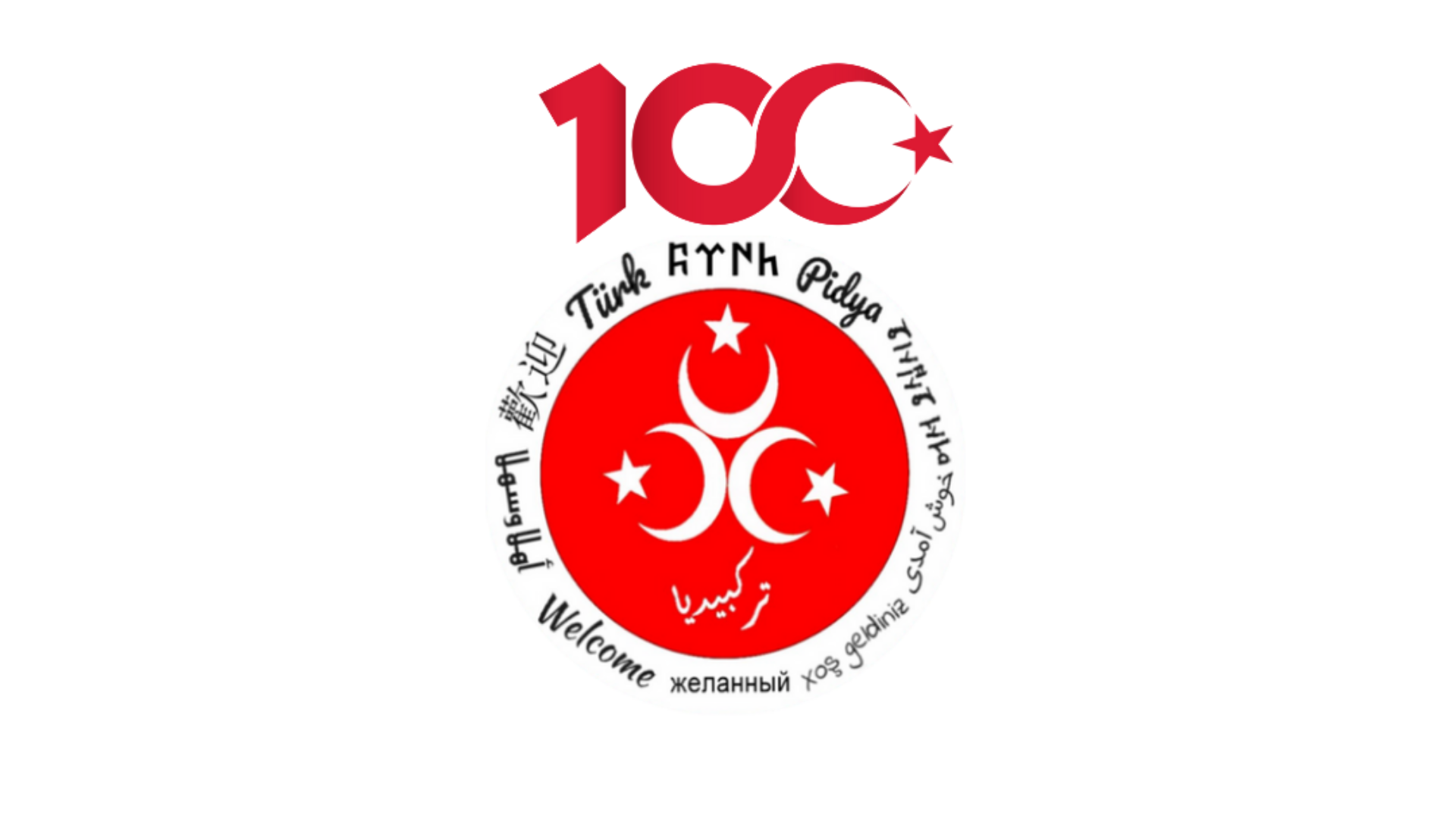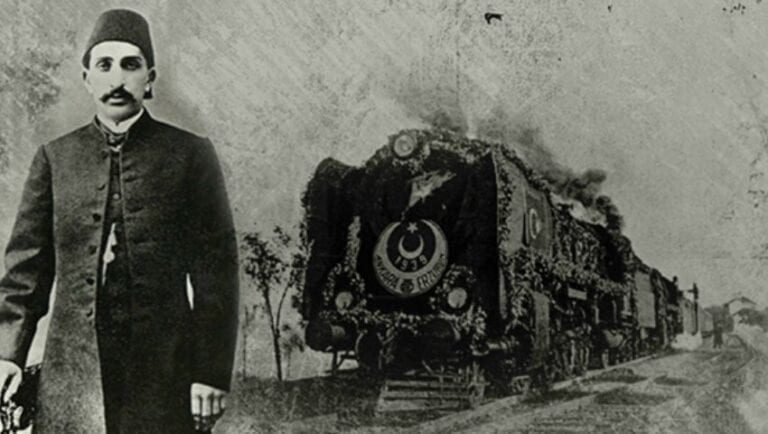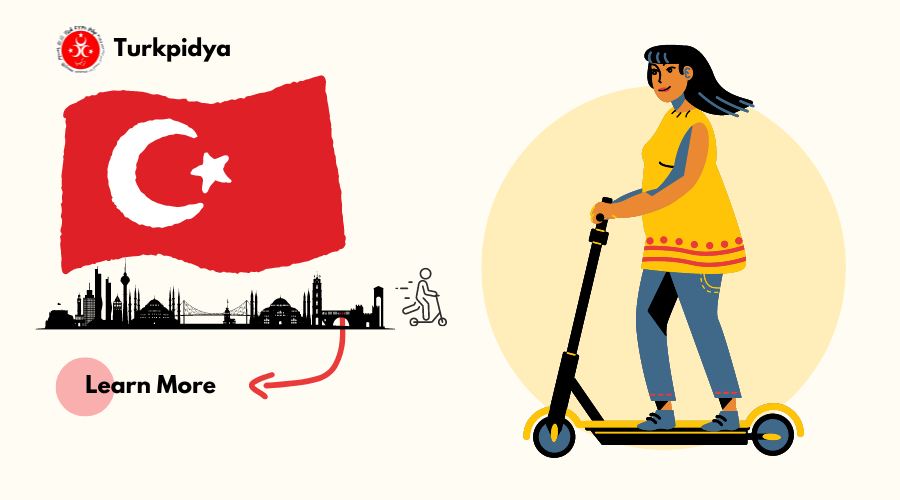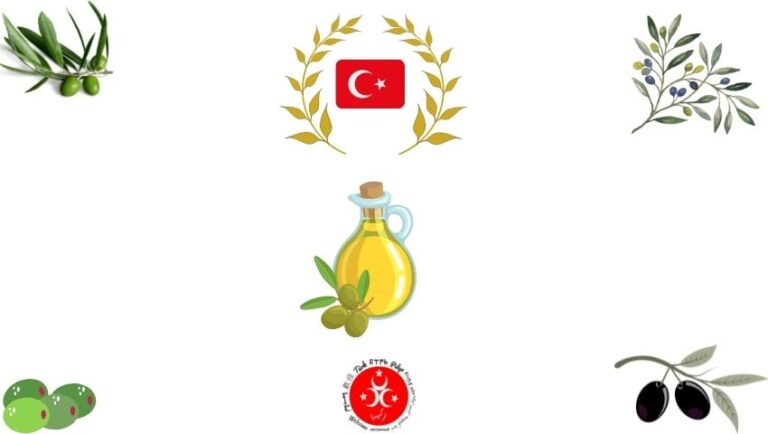Table of Contents
Journey through time as you explore Mount Nemrut with our comprehensive guide, complete with two stunning, imaginative photos that recreate the ancient site’s appearance thousands of years ago. Experience the fascinating blend of history, culture, and religion at this UNESCO World Heritage Site.
As a curious traveler or someone fascinated by the world’s historical and cultural treasures, you might have heard of Mount Nemrut. Located in southeastern Turkey, this UNESCO World Heritage Site is a must-see for anyone visiting the region. In this comprehensive guide, we’ll explore the history, religious significance, and breathtaking beauty of Mount Nemrut, providing you with an unforgettable virtual journey.

I. Historical Background
A. Kingdom of Commagene
Before diving into the wonders of Mount Nemrut, let’s take a step back and understand the historical context of the region. The Kingdom of Commagene was the ancient kingdom that existed between the 2nd century BC and the 1st century AD, straddling the regions of modern-day Turkey and Syria.
1. Origins and geographical location
Commagene was a strategically important area, situated between the powerful kingdoms of the Hellenistic and Roman Empires to the west, and the Parthian Empire to the east. This unique location allowed the kingdom to thrive on trade and diplomacy, while also developing a fascinating fusion of cultural and religious practices.
2. Rulers and their contributions to the region
Several rulers contributed to the growth and prosperity of Commagene, but one stands out: Antiochus I Theos of Commagene. He was an ambitious king who sought to establish a lasting legacy by blending the diverse religious and cultural practices of his kingdom.
B. Antiochus I Theos of Commagene
Antiochus I Theos ruled Commagene from 70 BC to 31 BC. He is best known for the creation of the Mount Nemrut sanctuary, a testament to his ambitious vision and desire to leave a lasting mark on history.
1. His reign and accomplishments
Antiochus I Theos was a wise and strategic ruler, skillfully navigating the complex politics of his time. He formed alliances with both the Roman and Parthian Empires, ensuring the security and prosperity of his kingdom.


2. Creation of the Mount Nemrut sanctuary
To solidify his legacy, Antiochus I Theos commissioned the construction of a magnificent religious sanctuary on Mount Nemrut, blending the various religious traditions of his kingdom into a unified, monumental site.
II. Religious Significance
A. Syncretism in the Kingdom of Commagene
Mount Nemrut is an example of religious syncretism, where Greek, Persian, and local Anatolian religious beliefs were harmoniously blended.
1. Blending of Greek, Persian, and local Anatolian religious beliefs
The sanctuary features colossal statues of gods and goddesses from various religious traditions, as well as images of Antiochus I Theos himself, symbolizing the unity of these diverse faiths.
B. Islamic perspective
From an Islamic standpoint, Mount Nemrut holds significance due to its connection to the Prophet Ibrahim (Abraham).
1. The Prophet Ibrahim (Abraham)
In Islamic tradition, Ibrahim is revered as a prophet and patriarch, with his story serving as a foundation for the Islamic faith. His connection to Mount Nemrut and the surrounding region further underscores the site’s religious importance.
1. Is He The Same Nimrod In The Quran
While Mount Nemrut is a site of great historical and cultural significance, its connection to the figure of Nimrod mentioned in the Quran is not definitive. The Quranic Nimrod is known as an oppressive ruler who challenged the Prophet Ibrahim (Abraham) and defied the belief in the monotheistic God.
There is some debate among scholars and historians regarding whether Mount Nemrut is indeed the location associated with the Nimrod mentioned in the Quran. Some argue that the name “Nemrut” is derived from “Nimrod” and that the mountain’s location in southeastern Turkey, a region with connections to the Prophet Ibrahim, lends credence to this association.
However, others maintain that the connection between Mount Nemrut and the Quranic Nimrod is speculative at best, and there is not enough evidence to conclusively link the two. While the region has a rich religious history and has been home to Islamic, Christian, and Jewish communities, it is important to note that the direct association between Mount Nemrut and the figure of Nimrod in the Quran is still a matter of debate.
C. Christian perspective
Mount Nemrut and its surrounding region also hold significance for Christians, as it is believed to be home to early Christian communities and contains potential biblical connections.
1. Early Christianity in the region
The region around Mount Nemrut was known to host some of the earliest Christian communities. The Kingdom of Commagene’s strategic location at the crossroads of ancient trade routes made it a hub for the spread of Christianity in its early years.
2. Biblical connections to Mount Nemrut
While direct biblical references to Mount Nemrut are limited, some scholars have suggested potential connections between the site and certain biblical figures or events. However, further research is needed to confirm these theories.
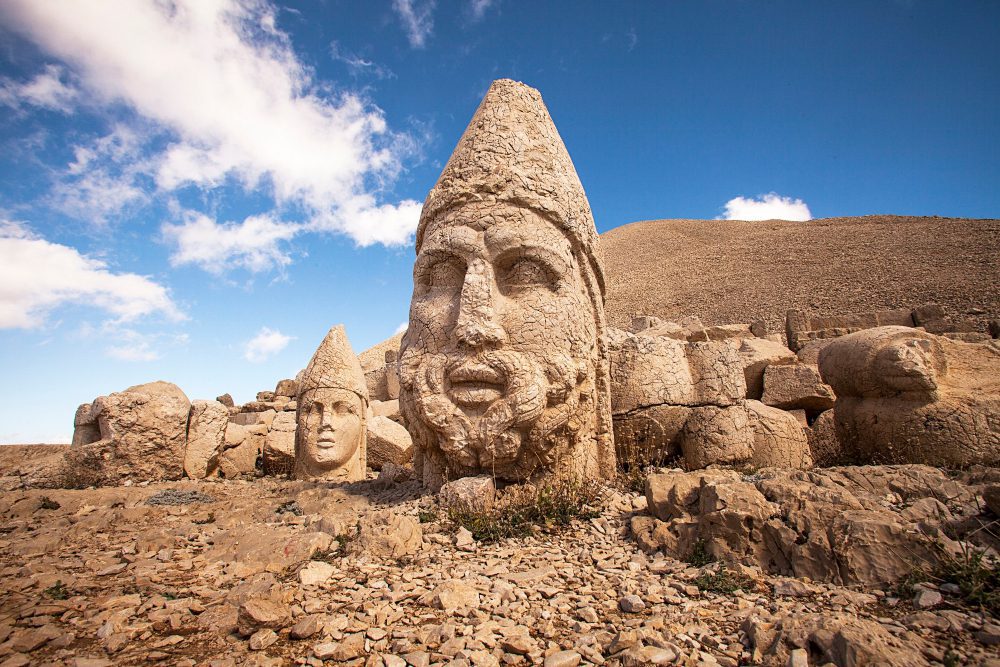
D. Jewish perspective
Mount Nemrut is also significant from a Jewish standpoint, with ancient Jewish communities residing in the region and connections to the biblical figure of Nimrod.
1. Ancient Jewish communities in the region
Historically, Jewish communities have lived in the area surrounding Mount Nemrut, contributing to its cultural and religious diversity.
2. Connection to the biblical figure of Nimrod
Some scholars suggest a possible connection between Mount Nemrut and the biblical figure of Nimrod, a mighty hunter and ruler in the Hebrew Bible. This association lends further religious importance to the site from a Jewish perspective.
Quotes from Holy Books about Nemrut
While Mount Nemrut has connections to various religious traditions, direct quotes from holy books or holy people specifically referencing Mount Nemrut are scarce. However, as previously mentioned, there are possible connections to biblical and Quranic figures, such as Nimrod.
For example, the Quran mentions the figure of Nimrod in relation to the story of the Prophet Ibrahim (Abraham):

“Have you not considered the one who argued with Abraham about his Lord [merely] because Allah had given him kingship When Abraham said, ‘My Lord is the one who gives life and causes death,’ he said, ‘I give life and cause death.’ Abraham said, ‘Indeed, Allah brings up the sun from the east, so bring it up from the west.’ So, the disbeliever was overwhelmed [by astonishment], and Allah does not guide the wrongdoing people.”
— (Quran, Surah Al-Baqarah, 2:258)
In the Hebrew Bible, the figure of Nimrod is mentioned in the Book of Genesis:

Cush was the father of Nimrod, who became a mighty warrior on the earth. He was a mighty hunter before the Lord; that is why it is said, ‘Like Nimrod, a mighty hunter before the Lord.
— (Genesis 10:8-9, NIV)
While these quotes reference the figure of Nimrod, it is important to note that they do not explicitly mention Mount Nemrut. The association between Mount Nemrut and the Nimrod mentioned in the Quran or the Bible is still a matter of debate among scholars.
III. The Mount Nemrut Sanctuary
A. Description of the site
Mount Nemrut is home to a unique collection of archaeological treasures, including giant stone statues and a distinctive tumulus.
1. Giant stone statues
At the peak of Mount Nemrut, visitors can marvel at the colossal stone statues, which include representations of Greek, Persian, and local Anatolian gods, as well as a statue of Antiochus I Theos himself. These statues, reaching up to 9 meters in height, are an awe-inspiring sight.
2. Tumulus and its construction
The tumulus is an artificial, cone-shaped mound of crushed limestone, covering a presumed burial chamber. It’s believed to be the final resting place of Antiochus I Theos, standing as a testament to his grand vision and ambition.
B. The Hierothesion
The Hierothesion is a sacred area within the Mount Nemrut sanctuary, featuring terraces, statues, and altars.
1. Religious significance
The Hierothesion serves as a focal point for the religious syncretism embodied by Mount Nemrut, reflecting the harmonious blending of various faiths and cultural practices.
2. Astronomical connections
Some scholars suggest that the Hierothesion also functioned as an astronomical observatory, with its structures aligned to significant celestial events, further showcasing the sophistication and knowledge of the ancient Commagenians.
C. Art and sculpture
The art and sculpture found at Mount Nemrut display a remarkable fusion of Greco-Persian influences and unique craftsmanship.
1. Greco-Persian influences
The artistic style of the statues and reliefs combines Greek and Persian elements, reflecting the cultural and religious syncretism prevalent in the Kingdom of Commagene.
2. Unique features and craftsmanship
Mount Nemrut’s sculptures exhibit remarkable craftsmanship and attention to detail, captivating visitors and providing insight into the artistic and cultural achievements of the ancient Commagenians.
IV. Visiting Mount Nemrut
A. How to get there
Mount Nemrut is accessible from several nearby cities, with various transportation options available.
1. Nearest cities and transportation options
The closest major cities to Mount Nemrut are Adiyaman and Malatya. Visitors can reach the site by car, bus, or through organized tours.
B. Best time to visit
To ensure the most enjoyable experience, consider the following factors when planning your visit.
1. Weather considerations
The best time to visit Mount Nemrut is between May and October, when the weather is generally more pleasant and the site is more accessible. Keep in mind that temperatures can drop significantly at night, even during the warmer months, so be sure to dress appropriately.
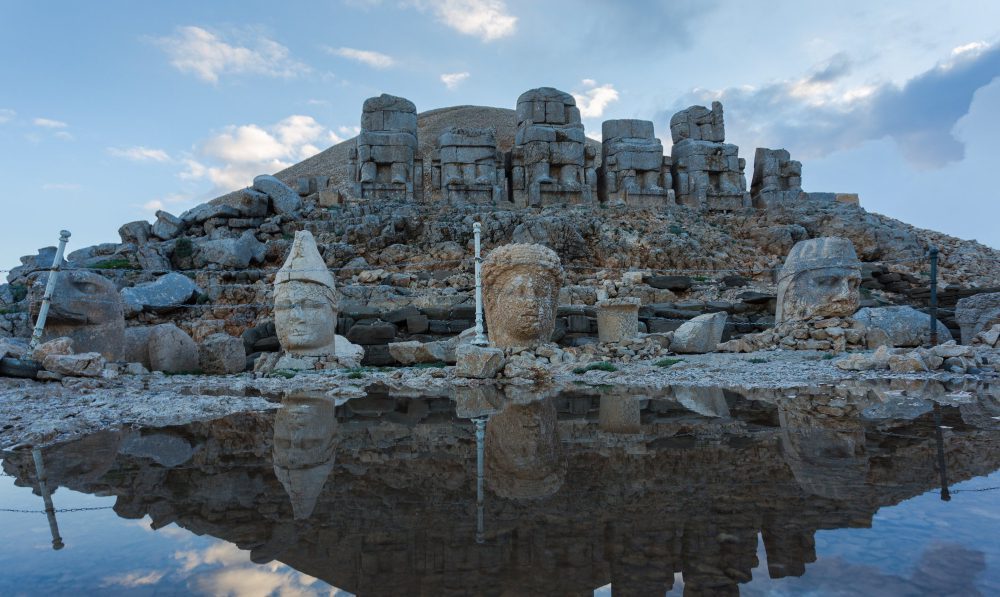
2. Seasonal events and activities
While Mount Nemrut can be visited year-round, some seasonal events and activities might enhance your experience. For instance, the sunrise and sunset at Mount Nemrut are particularly stunning, with many tourists choosing to visit during these times to witness the breathtaking views.
C. Guided tours and experiences
To make the most of your visit to Mount Nemrut, consider taking a guided tour or participating in cultural and educational activities.
1. Recommended tour providers
Several reputable tour providers offer guided tours to Mount Nemrut, providing valuable insights into the site’s history, culture, and religious significance. Some options include Adiyaman Tours, Nemrut Daily Tours, and Mount Nemrut Travel.
2. Cultural and educational activities
In addition to guided tours, some providers offer unique cultural and educational experiences, such as workshops on local crafts, traditional music performances, and visits to nearby historical sites.
V. Nearby Attractions and Accommodations
A. Historical sites
While visiting Mount Nemrut, consider exploring other nearby historical sites to enrich your experience.
1. Arsameia
Arsameia, the ancient capital of the Kingdom of Commagene, is located near Mount Nemrut and features fascinating archaeological remains, including inscriptions, statues, and a unique underground tunnel.
2. Cendere Bridge
Cendere Bridge, also known as Severan Bridge, is a well-preserved Roman bridge located near Mount Nemrut. The bridge is still in use today, showcasing the engineering prowess of the ancient Romans.
3. Karakus Tumulus
Karakus Tumulus is another burial site in the region, built for the royal family members of the Kingdom of Commagene. The site features a collection of standing columns adorned with impressive sculptures.
B. Accommodation options
To fully experience the region, consider staying at one of the local hotels or guesthouses.
1. Local hotels and guesthouses
Options for accommodations near Mount Nemrut include the Euphrat Hotel, Nemrut Kervansaray Hotel, and Karadut Pansiyon, offering comfortable lodging and easy access to the site and surrounding attractions.
2. Authentic regional cuisine and dining experiences
During your stay, don’t miss the opportunity to taste the delicious local cuisine, featuring dishes such as lahmacun, kebabs, and baklava. Many hotels and guesthouses also offer traditional dining experiences, allowing you to fully immerse yourself in the regional culture.
VI. Conclusion
As we’ve explored the captivating history, culture, and religious significance of Mount Nemrut, it’s clear that this extraordinary site offers a unique experience for curious travelers. By visiting Mount Nemrut and its surrounding attractions, you’ll not only witness the awe-inspiring beauty of this ancient sanctuary but also gain a deeper understanding of the rich tapestry of human history. So, pack your bags and prepare to embark on an unforgettable journey to the majestic peaks of Turkey’s Mount Nemrut!
Frequently Asked Questions about Mount Nemrut
1. Where is Mount Nemrut located
Mount Nemrut is located in southeastern Turkey, near the city of Adiyaman. It is part of the Anti-Taurus mountain range and lies within the boundaries of Adiyaman Province.
2. Why is Mount Nemrut significant
Mount Nemrut is significant for its unique blend of Greek, Persian, and local Anatolian religious beliefs, and its representation of the religious syncretism that characterized the ancient Kingdom of Commagene. The site is home to colossal stone statues, a tumulus, and the Hierothesion, which reflect the rich cultural and religious history of the region.
3. When was Mount Nemrut declared a UNESCO World Heritage Site
Mount Nemrut was declared a UNESCO World Heritage Site in 1987, in recognition of its outstanding universal value and unique testimony to the cultural and religious traditions of the ancient Kingdom of Commagene.
4. What is the best time to visit Mount Nemrut
Mount Nemrut is best visited between May and October, when the weather is milder and the place is more accessible. Remember that temperatures can drop drastically at night, even during the summer, so dress appropriately.
5. How can I visit Mount Nemrut
The closest major cities to Mount Nemrut are Adiyaman and Malatya. Visitors can reach the site by car, bus, or through organized tours. Guided tours are highly recommended to gain valuable insights into the site’s history, culture, and religious significance.
Refrences
- Nemrut Dağ – UNESCO World Heritage Centre. (n.d.). Retrieved March 27, 2023, from https://whc.unesco.org/en/list/448
- Republic of Türkiye Ministry of Culture and Tourism. (n.d.). Retrieved March 27, 2023, from https://www.ktb.gov.tr/ _Dil=2
- Mount Nemrut Archaeological Site | World Monuments Fund. (n.d.). Retrieved March 27, 2023, from https://www.wmf.org/project/mount-nemrut-archaeological-site
